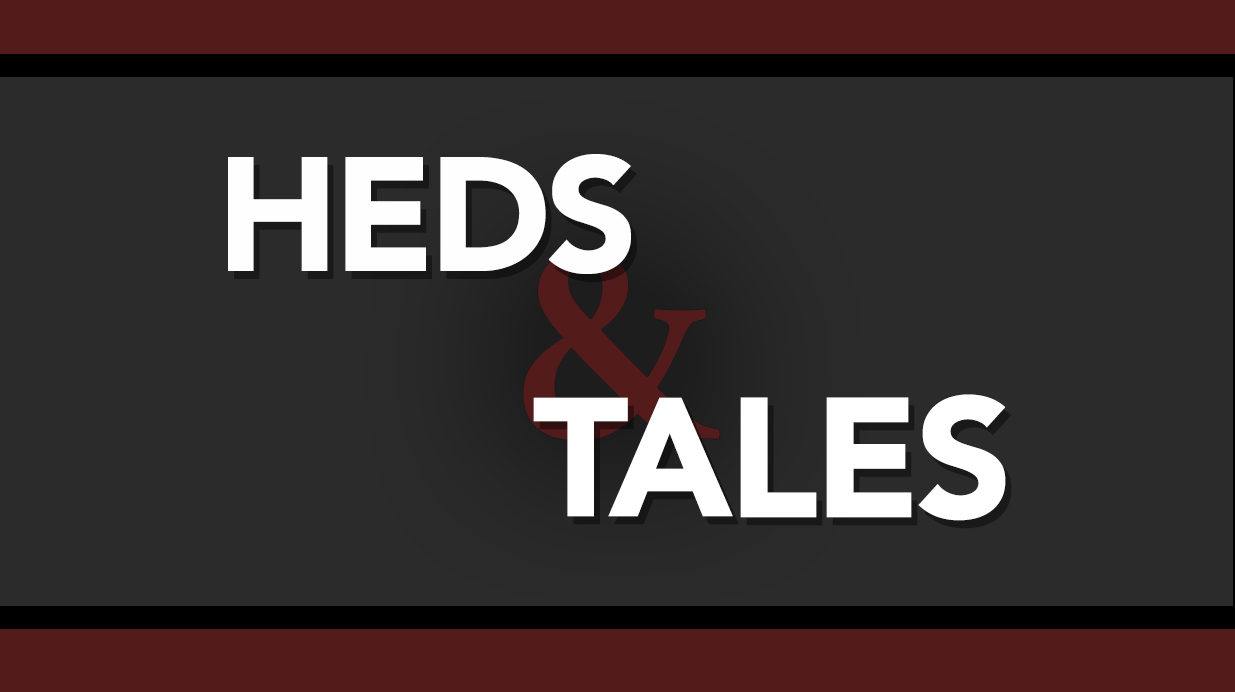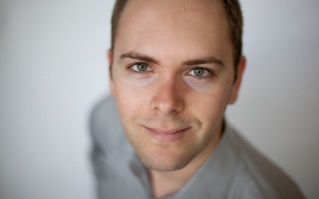
Hed: (n) Newsroom Jargon for Headlines
Headlines are tricky. They have to grab flighty readers’ attention, tell a story, and hopefully even squeeze in a witticism. The smallest choices affect readers’ first impressions and, sometimes, their only take on the story. Once a week, we analyze the different ways news outlets present the same story.
The Tale:
This week, Prime Minister Justin Trudeau has been on a cross-country tour that includes town halls and various meet-and-greets. During his stop in Halifax on Monday, Alex Ayton and Kathleen Olds asked Trudeau to take a selfie with them. But instead of just posing for a photo, they recorded a video while Olds asked the prime minister if he planned to implement UNDRIP, the United Nations Declaration on the Rights of Indigenous Peoples, which the Liberal government has previously promised to fulfill.
You can watch the full video here to see Trudeau’s response and the remainder of the exchange. Ayton and Olds are both members of Divest Dal, a student environmental group at Dalhousie University. The video was posted on Divest Dal’s Facebook page and has been viewed over 11,000 times since Monday.
The Heds:
PM Trudeau lured with selfie, caught on question of indigenous rights (CTV News)
Students Ask Trudeau For Selfie, Then Press Him On Indigenous Rights (Huffington Post)
These Women Baited Trudeau With A Selfie To Ask About Indigenous Rights (Buzzfeed)
The Best Selfies Are the Ones in Which You Ambush the Canadian Prime Minister to Ask Him About Indigenous Rights (Select All)
The Take:
All these headlines portray Ayton and Olds’ actions as a stunt. Verbs like “lure,” “bait,” and “ambush” imagine their strategy as a dramatic ploy. While their move was certainly calculated, the video itself shows the women posing a series of questions calmly and politely. Is it really so dramatic that a pair of constituents asked Trudeau about a campaign promise? As Olds told Buzzfeed, “I specifically asked Justin about UNDRIP because I believe it is emblematic of his general lack of accountability.”
Perhaps what makes the exchange theatrical is the setting. Trudeau was likely expecting questions at town halls, but he was surprised by an act of political engagement outside that formal, designated zone. But asking about relationships with Indigenous communities is not a trick question in which the prime minister should be “caught,” as CTV suggests. It is a perfectly reasonable query.
Huffington Post referred to them as “students” while Buzzfeed referred to them as “women”, perhaps to discourage readers from dismissing the two 19-year-olds as youthful activists.
Astute readers will also note that three of these four headlines capitalize the word “Indigenous”. Currently, the Canadian Press style guide instructs writers to only capitalize words that are a part of title or name. However, the RRJ and many other publications choose to capitalize the word “Indigenous”. In October, while speaking at a panel at Ryerson, Canadian Press editor-in-chief Stephen Maurice said that CP is also discussing potential changes.
